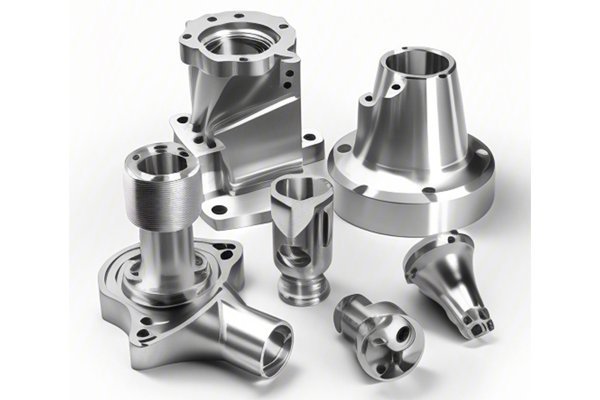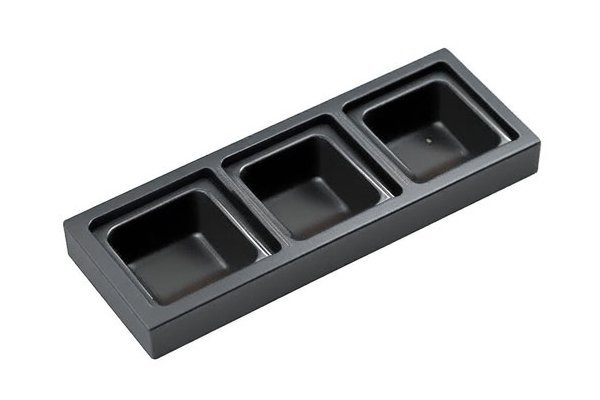Did you know that approximately 90% of the world’s metal parts are produced through casting processes? Among them, precision casting stands out due to its ability to create high-quality steel parts with exceptional accuracy and minimal waste. This remarkable capability has not only revolutionized manufacturing but also paved the way for more sustainable practices within the industry. As we delve deeper into the world of precision casting, we’ll uncover its advantages, applications, and how it can address various challenges faced in manufacturing.
Understanding Precision Casting
What is Precision Casting?
Precision casting, also known as investment casting or lost-wax casting, is a manufacturing process that produces intricate and high-precision metal parts by creating detailed wax patterns. The process involves several key steps:
Advantages of Precision Casting for Steel Parts
Precision casting allows the manufacturing of highly intricate and detailed parts that meet strict tolerances. This accuracy is essential in industries where the fit and function of components are critical, such as aerospace and medical devices. For instance, components subjected to high-stress conditions or extreme environments require precise engineering to avoid failure.
One of the most significant advantages of precision casting is its minimal waste generation. Traditional machining methods often require significant material removal from a bulk piece, which results in scrap metal. In contrast, precision casting provides near-net-shape components, meaning less material is wasted during production.
Precision casting can produce complex geometries that are difficult, if not impossible, to achieve through traditional machining. The process allows for the incorporation of complex internal features, thin walls, and undercuts, which can lead to more efficient designs that enhance the overall performance of the final product.
While the initial tooling for precision casting can be expensive, the long-term savings in materials and labor often outweigh the costs. The ability to produce high volumes of parts with minimal finishing work also contributes to lower overall production costs. Additionally, the reduced need for assembly due to the capability of creating near-final parts can further cut expenses.
Precision casting provides a superior surface finish compared to other manufacturing methods. The ceramic shell used in the process imparts a smooth texture to cast parts, which can reduce or eliminate the need for additional surface treatment and improve the aesthetic appearance of the product.
The scalability of precision casting means it can accommodate various production volumes, whether for small runs or large-scale production. It also streamlines the manufacturing process by combining multiple machining steps into a single operation, reducing the need for complex and lengthy workflows.
Applications of Precision Casting

Precision casting is employed across a multitude of industries, including:
Addressing Challenges in Manufacturing with Precision Casting
Manufacturers often encounter challenges when creating parts that require high complexity. Precision casting shines in these scenarios, enabling manufacturers to create parts that traditional methods struggle to produce. The intricate designs can lead to performance enhancements, contributing to improved product longevity and functionality.
Fast-paced industries often suffer from long lead times in production. The streamlined nature of precision casting enables manufacturers to reduce these lead times significantly. By consolidating manufacturing processes, companies can respond quicker to market demands and customer needs.
The push for sustainable manufacturing is stronger than ever. Precision casting supports this movement through reduced waste generation and energy consumption. It helps manufacturers meet regulatory standards while also appealing to environmentally conscious consumers.
The Future of Precision Casting in Steel Manufacturing
The advancements in technology, such as 3D printing and digital simulation, are enhancing the precision casting process. These technologies can alleviate some of the traditional limitations of casting and open up new avenues for producing even more complex and efficient designs.
3D printing is increasingly being used to create patterns for precision casting. This combination allows for rapid prototyping and production of parts that meet specific requirements quickly and efficiently. Manufacturers can test designs with greater flexibility, leading to a faster iteration process.
Utilizing digital simulation in precision casting allows manufacturers to better predict potential issues in the casting process. By simulating the flow of molten metal and cooling processes, manufacturers can optimize their designs and processes to ensure high-quality parts while minimizing defects.
In conclusion, precision casting for steel parts presents numerous advantages that position it as a leading manufacturing method in many industries. From its ability to produce intricate designs with remarkable accuracy to minimizing waste and reducing costs, precision casting effectively addresses a variety of challenges that manufacturers face today.
As we move into an era where efficiency and sustainability are paramount, embracing precision casting could significantly benefit businesses looking to innovate and remain competitive in the market. Increased accuracy, reduced lead times, and versatile design capabilities make precision casting a valuable technique worth considering for manufacturers seeking reliable solutions to their production needs.
By reflecting on the core techniques covered in this blog, it becomes evident that the future of manufacturing lies within processes like precision casting, which merge tradition with innovation. As you ponder this crucial topic, remember that the right casting process not only enhances the quality of parts but can also lead to a more sustainable and efficient manufacturing ecosystem, demonstrating that investing in precision is an investment in the future.






